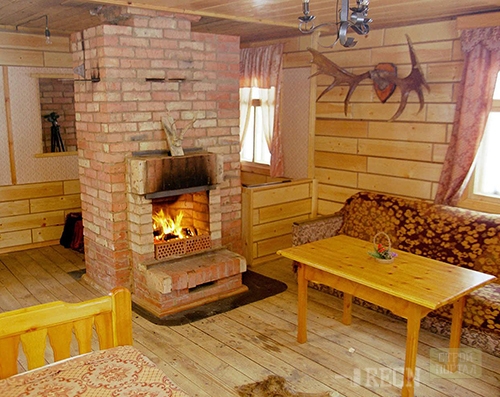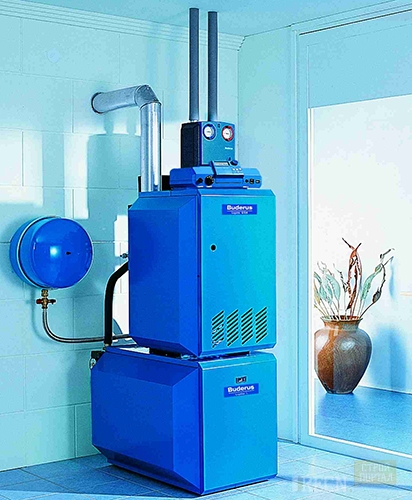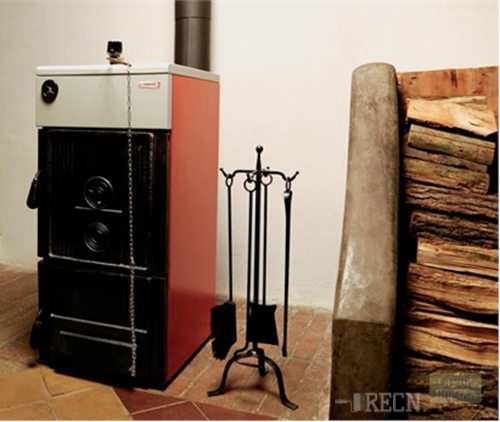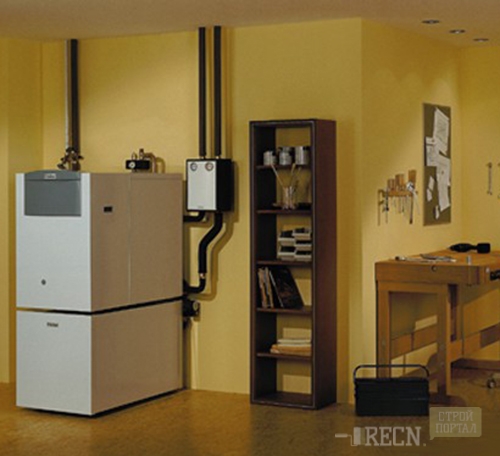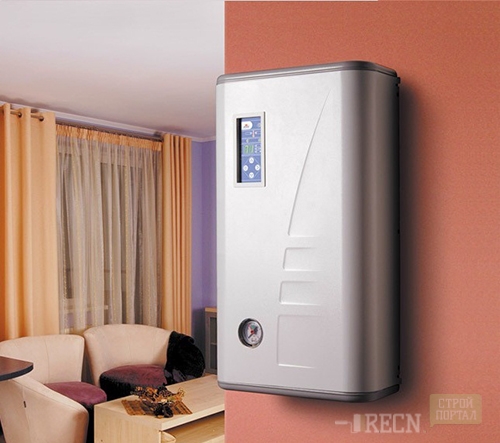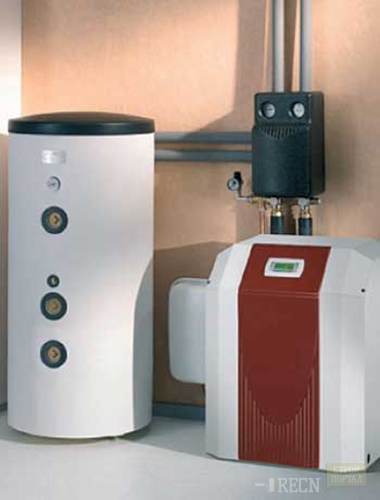
Methods for heating a country house Climate

All owners of country houses are confronted annually with the problem of the heating of premises. What is the most energy-saving and effective way to choose a big house? Residents of the Southern Regions may not be inconvenient to such an extent, but for a colder climate, this issue is not relevant. Consider the pros and cons of autonomous heating at home with various equipment.
Content
Classification of heating systems
Depending on the heating devices used, there are several types of heating systems:
- generating the energy of the device for heating with heating boilers (on various types of fuel and electricity), heat pumps, mini-CHPs using a heating boiler, panels, accumulating solar heat;
- depending on the coolant used (oil, non-freezing solutions, water);
- panel, radiator or mixed heating;
- the use of single-tube and two-pipe heating systems;
- the degree of environmental impact on the heating system;
- direction or rechargeable systems. The first get heat directly from the source, the second accumulate it in the backup tank;
- depending on the control level (automatic, semiatric, partial automation).
Wood burning stove
The furnace heating was used from the longstorm time and was one of the first means for heating the premises. A wood-burning furnace is a practical design that does not only drive the house, but also serves as a means of cooking. This method is relevant to rural areas near the forest, since firewood is abundant, and no additional spending is required. The main problem is that today there are not so many real specialists who are able to fold a strong wood fuel furnace. In addition, constant care is needed. Otherwise, you can simply be lit or create the cause of ignition. Today, wood furnaces are mostly used for bath heating on country sites.
Advantages:
- environmentally friendly method;
- saving funds in the presence of the forest nearby;
- unlimited service life with proper care.
Disadvantages:
- difficulties in the construction of the furnace;
- the presence of a large area;
- specific permanent care.
Gas boilers
There are wall-mounted and floor boilers, which are made today universal and function from natural or compressed gas.
The gas heating of the country house can be carried out using a boiler with a low-temperature regime or a condensation boiler. In the case of the second option, heat generated from the combustion of gas is used, which as a result significantly increases the efficiency of the system.
Advantages:
- pretty low gas cost;
- simplicity in circulation;
- safety in operation;
- it is permissible to use mixtures of natural and biological gas (the result of the decomposition of the biological mass exposed to bacteria in complete vacuum).
Disadvantages:
- possible rise in price of natural and compressed gas;
- high prices for energy efficient boilers (class A);
- mandatory availability of the gas pipeline near the country house;
- possible difficulties in obtaining permission to install the gas boiler;
- high project creation prices and connecting to the gas pipeline.
Wood fuel boilers
Today, heating systems use boilers on natural solid fuel. It can be lamps, chips or compressed granules. Depending on the nature of the supply of heating material, there are automatic boilers and a semi-automatic. In most EU countries, the boilers are actively used by the boilers of the country house on compressed wood granules, as they highlight more heat during combustion than lamps or chips. Also, they are perfectly amenable to automatic fuel boot (mainly with auger device).
Advantages:
- absolute environmental friendliness;
- comparatively low cost of wood fuel.
Disadvantages:
- for the content of the boiler, a large area of \u200b\u200bspecially designated premises is needed (boiler room);
- large fuel storage room;
- large costs of materials (2 kg of granules \u003d 1 l of any liquid fuel).
Liquid fuel boilers
The complete autonomy of this type of heating system makes it one of the most sought-after in the modern world. Diesel, biological fuel, waste oils, waste after oil distillation can be used as fuel. In the case of using such boilers with a burner, they can be easily re-equipped under the gas, if we replace the blowing burner. Using in liquid-fuel installations a condensation unit, which will take heat from the combustion products, you can increase the boiler efficiency to 97%.
Advantages:
- full autonomy and automation;
- easy to use;
- security;
- efficiency in the case of use as fuel oil refineries of waste oils;
- simplicity of modernization and compatibility with other types of heating systems;
- the ability to install a cascade for large houses with an integrated control system.
Disadvantages:
- heating on diesel fuel at a cost is comparable only with electrocotors (high cost of energy);
- need a large room (boiler room);
- it is necessary to storing the heating material.
Electrocotels
Electric heating as a kind, today is not recognized in the EU countries due to their uneconomicity and dubious energy efficiency. This is due to high electricity prices, a high load on the power grid, as well as the need to connect to a three-phase network, which becomes almost impossible due to the restrictions of network organizations.
Advantages:
- absolute silent;
- environmentally friendly method;
- the possibility of installation anywhere in the house;
- the ability to combine the work of an electrocotel with solar heating systems.
Disadvantages:
- high cost of electrical energy;
- mandatory presence of a three-phase network;
- heating depends on the supply of electricity and its quality;
- the use of electrocotel deprecation affects the functioning of the power grid even when working with compensation devices.
Heat pumps
Air heating of the country house with thermal pumps is considered one of the most promising types of heating. According to the principle of operation, heat pumps are similar to refrigerators, only with the reverse heat exchange process - heat is selected from the environment through an evaporator, and then the capacitor transmits it to the heating system.
Advantages:
- the use of heat from the most natural source - nature (air, geothermal sources, groundwater);
- in winter, work on heating, in summer - for cooling;
- absolute environmental friendliness, subject to work from the electric motor.
Disadvantages:
- the functioning of the pump is possible at a temperature not lower than -7 C;
- the system requires a large space for the content of the evaporator;
- in case the source serve groundwater, powerful water pumps and wells are needed to ensure the fence and draining water. As a result, high energy consumption and technical difficulties in operation;
- high cost of equipment, installation;
- even in the conditions of optimal operation, the payback period of heat pump is at least 10 years.




